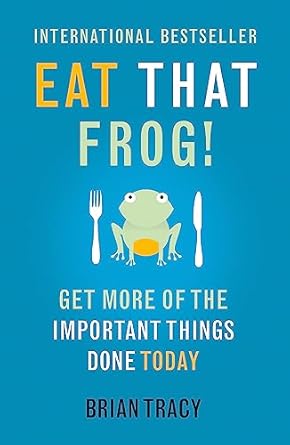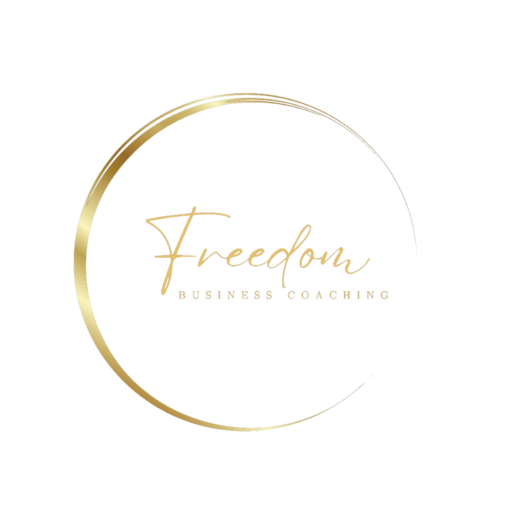“Eat that Frog” by Brian Tracey
Who is it for? for those looking to enhance their productivity and time management skills
“Eat That Frog!” by Brian Tracy is a concise and practical guide to improving productivity and managing time effectively. The book’s title is inspired by Mark Twain’s famous quote, suggesting that if you start your day by accomplishing your most challenging task (your ‘frog’), you’ll feel more productive and energised for the rest of the day. Tracy applies this concept to a 21-step programme, designed to help readers overcome procrastination and get more done in less time.
Tracy’s approach is straightforward and action-oriented. Each chapter focuses on a different principle or strategy, such as setting clear goals, prioritising tasks, and breaking down larger projects into manageable steps. He emphasises the importance of discipline and decision-making in time management, advocating for a focused approach to work and life.
The primary challenge for readers of “Eat That Frog!” lies in implementing and maintaining the habits and strategies Tracy recommends. While the advice is practical and the steps are clearly outlined, changing ingrained habits of procrastination and poor time management requires consistent effort and self-discipline. For some readers, consistently applying these principles day after day can be a significant challenge.
Another hurdle might be the simplicity of Tracy’s approach. While the strategies are straightforward, they may not address the deeper reasons behind procrastination or time management issues, such as perfectionism, fear of failure, or other underlying psychological barriers.
In summary, “Eat That Frog!” offers valuable insights and straightforward strategies for anyone looking to enhance their productivity and time management skills. The book’s main challenge lies in the practical application of these strategies. It requires readers not only to understand Tracy’s advice but also to commit to consistent application and adaptation of these principles to their personal and professional lives. For those willing to tackle their ‘frogs’ head-on, the book is an excellent resource for becoming more effective and efficient.

